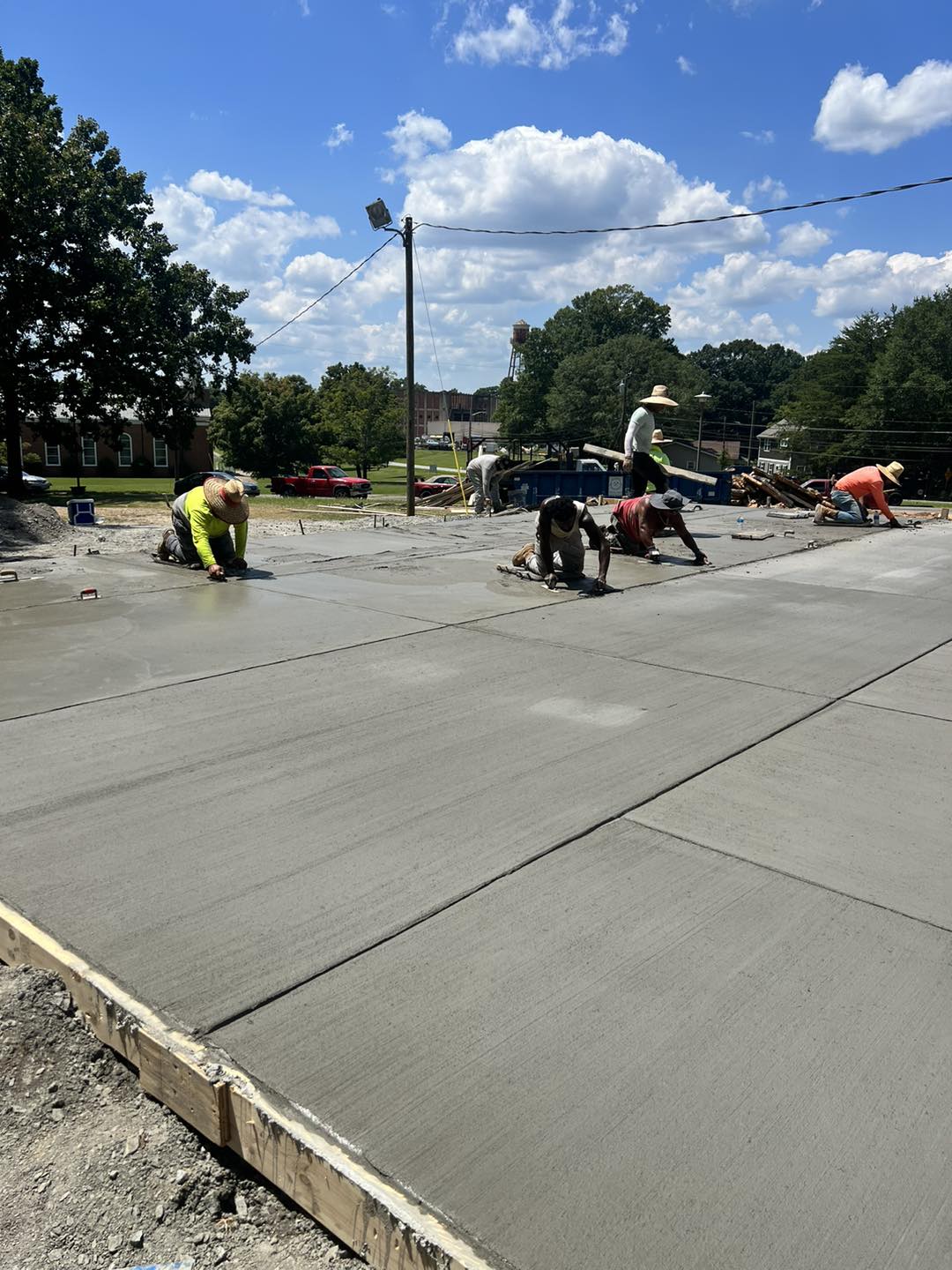
Mastering Concrete Curing: Techniques for Long-Lasting Durability Oct 25, 2025
Concrete curing is more than just letting the concrete sit and harden. It involves carefully controlling moisture, temperature, and time to develop the concrete's full potential. By following these techniques, you can ensure your concrete surfaces are long-lasting and durable.
First and foremost, maintaining moisture is essential during the curing process. Concrete requires a humid environment so that it can develop its full strength. One effective way to keep the surface moist is by covering it with wet burlap or using plastic sheeting. These materials serve as barriers that prevent moisture loss. Another method is applying a curing compound that seals in moisture, particularly useful for large areas.
Temperature control is also crucial in the curing process. Extreme temperatures, either too hot or too cold, can adversely affect the concrete’s strength. During hot weather, rapid evaporation of water can lead to cracks and a weaker surface. Conversely, in colder temperatures, concrete can freeze before settling, which weakens its structure. To combat these issues, use thermal blankets or heat lamps to regulate the temperature, especially in places subject to extreme weather.
Equally important is timing. The curing process should ideally last for at least seven days for most structures. During this period, the concrete continues to gain strength as the chemical reactions within stabilize. Rushing the curing process can lead to inadequate strength development, making the concrete more susceptible to damage. It is essential to budget time for curing during the planning stages of your project to avoid cutting corners.
When planning a project with Allen's Concrete Finishing, take into account the specific environment where the concrete will be poured. Factors like humidity, temperature fluctuations, and exposure to the elements can influence the choice of curing techniques. For example, in areas that experience frequent rainfall, using a waterproof sheeting is imperative to avoid water pooling on the surface.
Another aspect to consider is the type of concrete mix being used. Different mixes have varied drying properties and optimal curing methods. Consulting with professionals about the most suitable mix for your project can lead to better and longer-lasting results. Allen's Concrete Finishing can guide you in selecting the right mix, ensuring that the curing process enhances, rather than detracts from, your project's durability.
Finally, regularly inspecting the concrete during the curing period can help catch any potential issues early. Look for signs of cracks or discoloration, which could indicate problems with the curing process. Addressing these promptly can prevent more significant issues down the line.
In conclusion, mastering concrete curing is key to achieving long-lasting durability for any concrete project. By maintaining moisture, regulating temperature, and allowing adequate curing time, you set the groundwork for strong, resilient concrete structures. Partnering with specialists like Allen's Concrete Finishing ensures that your projects benefit from expert knowledge and the latest in concrete finishing technologies. So, whether you're setting the foundation for a new building or enhancing your home's outdoor spaces, understanding and applying proper curing techniques will lead to superior outcomes.
/filters:no_upscale()/filters:format(webp)/media/8db613d5-cb81-4515-9564-41f334c73405.jpeg)
/filters:no_upscale()/filters:format(webp)/media/61a3706b-b8ea-45a8-9727-6a1989d42b21.jpeg)